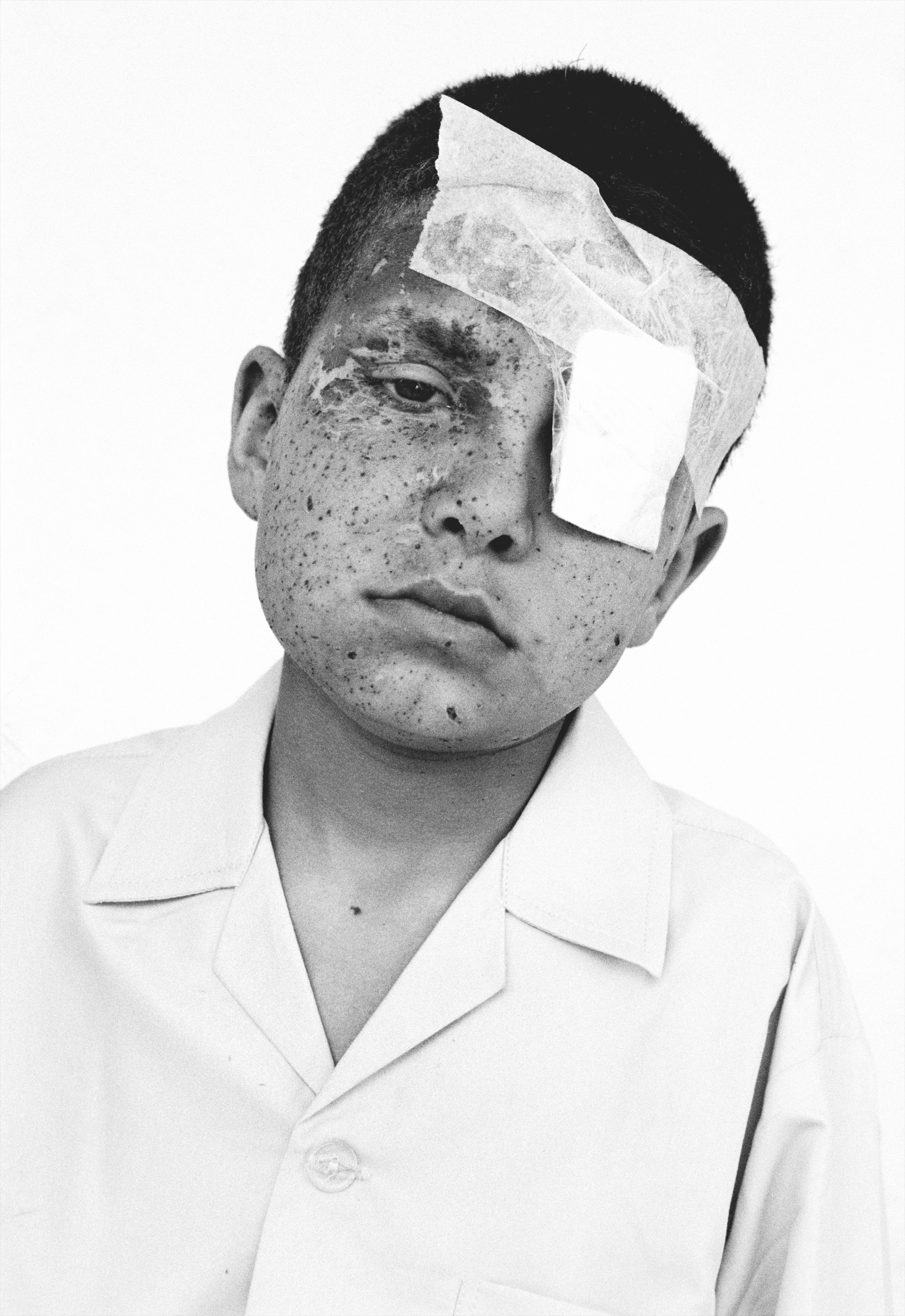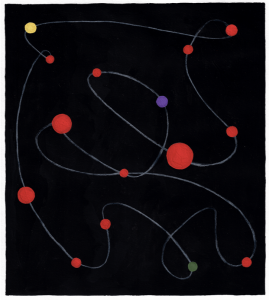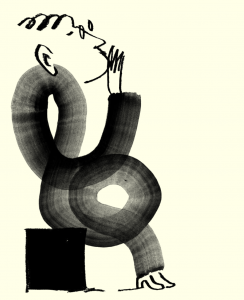Photographer Giles Duley – who himself was photographed minutes after he lost both legs and his left arm in 2011 as a result of stepping on an explosive device – asks how photography can be justified when documenting the horrific injuries of war

I’ve covered few stories that have affected me as much as documenting injured civilians in Mosul. The time I spent there, earlier this year, left me questioning the validity of my work and bereft of hope. For a month after returning home I hid from the world. When faced with such darkness and violence, what value can a photograph have? Does it become voyeuristic to capture and share those moments? Against such horror a camera seems impotent, its use almost perverse…
I believe photography comes with great responsibility and as soon as I lift my camera to record somebody’s story, I have to ask myself: Why am I doing this? Nothing in photography goes more against human nature than the process of pointing your camera at somebody injured, afraid or in real peril. So, why do it? Does it, can it, make a difference?
In February I was based in a hospital run by EMERGENCY in Erbil. Every day they were receiving dozens of badly injured civilians from the fighting for Mosul. Even after over a decade of photographing the effects of conflict, the scenes I witnessed there were amongst the worst I’d ever seen. Babies with amputated limbs, a young child paralysed by a sniper’s bullet, whole families lost. It was beyond words.
In the past, I have referred to how I try and find a positive in such situations, a moment of humour, or to show the love between loved ones, families. But what I witnessed from Mosul left me beyond that: there are times when you can find no such image, no positive. I think back to Raghad, a man I met in the hospital: For four days, I watch him sit silently by his injured son’s bed. He nods when I walk by, nothing more. Then one day he comes over and grabs my arm.
“It was not my fault,” he pleads through dead eyes, a hollow expression I have rarely seen. “I did what I thought was right.”
He tells me his story: His family sheltered beneath a table in their home as bombs landed around them. The house opposite was hit, then the house next door, and at that moment his nerve gave; he told his family that they must run. As they left the front door, a third bomb dropped. Raghad’s wife, three daughters and two sons were all killed instantly. A son, Abdulah, survived, left blind in one eye.
There is nothing you can say to such a story. You cannot say ‘things will get better’, because they never will. There is no hope, no positive angle. This is the real face of war and its sinking, sucking horror.
I photograph his son against a white wall, a patch still on his left eye. Skin pitted by shrapnel, his expression as hollow as his father’s.
I could only see the darkness and terror of what was happening. I was shooting angry, disregarding my normal practice of not showing the blood and gore. I wanted the world to see what was happening and reel away as I had.
As the days passed, I knew this was wrong. It should not be about me, but about those I was photographing, and to do their stories justice I had to work in a balanced way. I don’t like the phrase ‘to give people a voice’, they have voices already – my job is to make sure those voices are heard.
But there’s still that question: Why do it? What difference will a photograph make anyway? Only recently I’d heard my inspiration, the war photographer Don McCullin, say there was no point to his decades of work because wars still go on. So, if my photograph makes no difference, why point my camera at a child who’s just been injured? It’s an intrusive act.
On the last day, I sit with Dawood Salim, a 12-year-old boy who has lost both of his legs and most of his right hand. For the past week, I’ve been visiting him and his mother: He always smiles and jokes. For the first time, I feel ready to take his photograph.
I ask his mother, “Do you mind if I photograph your son?”
She looks at me with a defiant yet resigned stare: “When a child is injured like this, the whole world should see.”
Does this answer my doubts? Does that make it all ok? Of course not. But it reminds me of my simplest role: to act as witness, to tell their story. What Dawood’s mother has said has not given me permission, but has challenged me to do what she has asked. There is no point in taking a photograph if I do not then do all I can to make sure the whole world sees it.
That is where my duty lies.
This is an excerpt from issue 21 of Port, out now. To buy or subscribe click here.
Duley’s exhibition, I Can Only Tell You What My Eyes See was shown from Wednesday 4th through Sunday 15th October, The Old Truman Brewery, 89 Brick Lane, London, E1 6QL.
In this article, he reflects on the exhibition and presents a video collaboration of the event directed by Phoebe Arnstein.




